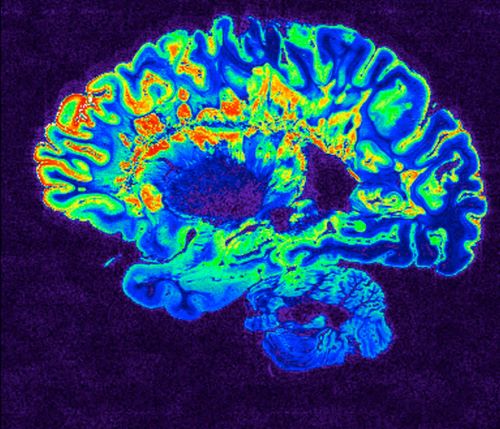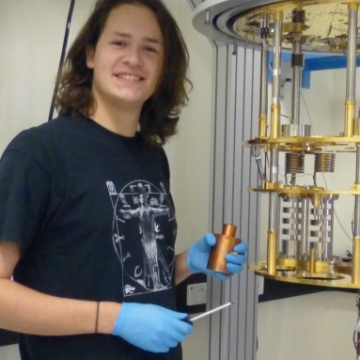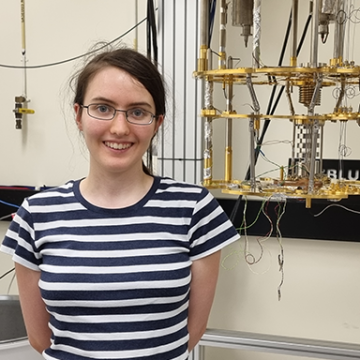Quantum-Enabled Diagnostics & Imaging
![]()
Diagnostic and imaging systems are ubiquitous in modern technology. At EQUS, we’re engineering quantum technologies to improve the performance of these systems and creating entirely new ones. We’re building diagnostic and imaging systems with better resolution, sensitivity and contrast, and that can measure a wider range of stimuli.
Quantum technologies overcome the challenges faced by classical diagnostic and imaging systems by leveraging quantum phenomena such as entanglement and quantum correlations or by using quantum systems such as artificial atoms.
This research program is inherently cross-disciplinary, touching fields such as geology, astrophysics and biomedicine. It aims to deliver deployable prototypes of quantum-enabled sensing and imaging technologies, such as gyroscopes built from superfluid circuits or hyper-polarised MRI for the early detection and targeted treatment of diseased tissue.
The Quantum-Enabled Diagnostics and Imaging research program aims to:
- Create quantum systems that are robust to the environments that diagnostics and imaging would typically be performed in
- Go beyond proof-of-principles to quantum systems that achieve absolute advantages
- Prove quantum technologies in real applications
![]()
Sensitivity refers to how well a technology can measure what it’s supposed to measure, against a noisy background of everything else. Modern detectors and sensors based on classical physics are getting very good at this but measurements that don’t take advantage of quantum entanglement or correlations generally suffer from a type of quantum noise, related to the Heisenberg uncertainty principle.
The Heisenberg uncertainty principle tells us that it is not possible to know the value of particular pairs of observables at the same time, such the amplitude and phase of light, or the position and momentum of a harmonic oscillator. This uncertainty adds noise, for example, to light. Entanglement or quantum correlations allow us to suppress this noise, and therefore improve the sensitivity of measurements beyond what would otherwise be possible.
![]()
Good imaging contrast is important in medical imaging, such as MRI, enabling us to better distinguish between different types of tissue. MRI is based on the phenomenon of nuclear magnetic resonance, which can be used to provide chemically specific information about specimens.
Nuclear magnetic resonance takes advantage of the different populations of up and down spin energy levels. But as the temperature of a sample increases, the difference in populations drops greatly, reducing contrast. Laser pumping allows this to be overcome, cooling the spins so they are mainly in the lower energy state. This can be used to greatly enhance imaging contrast.

Photo credit: Govind Bhagavatheeshwaran, Daniel Reich, National Institute of Neurological Disorders and Stroke, National Institutes of Health
Major funding support

The Australian Research Council Centre of Excellence for Engineered Quantum Systems (EQUS) acknowledges the Traditional Owners of Country throughout Australia and their continuing connection to lands, waters and communities. We pay our respects to Aboriginal and Torres Strait Islander cultures and to Elders past and present.


























